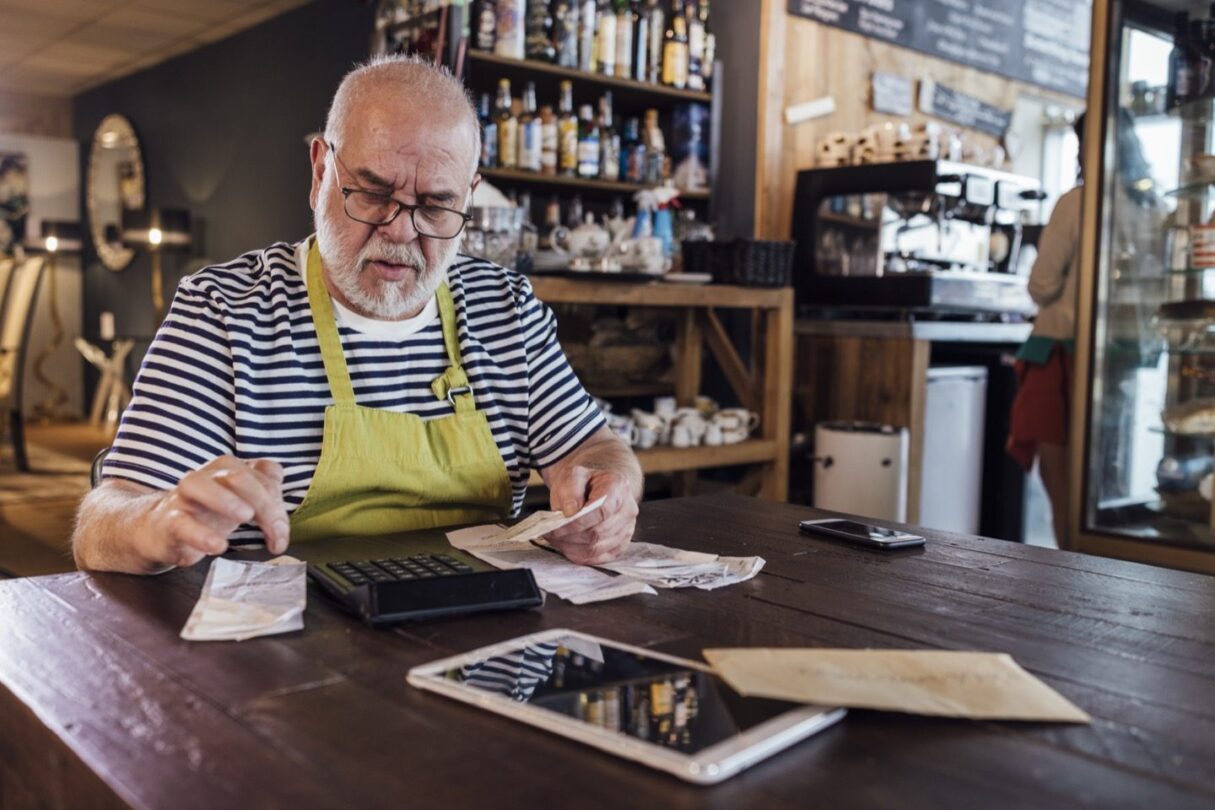Free guides & templates
The Art of Being Paid: A free kit to help your business speed up late payments
Discover how our free kit, The Art of Being Paid, can help your business reduce the challenge of needing to deal with late payments.

In the UK, there are currently £23.4bn worth of late payments owed to small businesses. This sheer amount is not only impacting cash flow for many firms but could also threaten the survival of many of them beyond the coronavirus (COVID-19) pandemic.
Research shows coronavirus lockdowns imposed by the government have also had a significant impact on late payments, having almost doubled compared to 2019.
Keeping late payments to a minimum could help to reduce the number of bankruptcies and subsequent level of unemployment from rising.
While schemes have been introduced by the government to support small-to-medium businesses (SMEs), the issue of late payments still looms large.
So what can businesses do to work with their clients and customers to ensure timely payments are being made in full?
To help, check out the Art of Being Paid kit – a useful guide full of tips to help businesses get paid on time.
How to get paid on time: Start with the customer
Chasing the payments themselves is a contentious topic in itself for many SMEs.
Our 2017 report (The Domino Effect: The Impact of Late Payments) found that 40% cited “protecting client relationships” as the biggest barrier to chasing payments.
As uncertainty in business is still rife, the pandemic will likely have amplified these worries, making conversations around payments even more challenging.
To help SMEs gain a better insight into the type of customer they’re dealing with, the Art of Being Paid kit includes a quiz to ascertain how best to approach the topic based on your customer’s characteristics.
Here’s what else you’ll find inside…
The Art of Being Paid: Your free kit
Alongside getting to know your customer better, the Art of Being Paid kit includes a host of information and advice on various elements of the payment process, including:
- How to work out what character traits your customers have – this will help you to determine how best to communicate and work with them, so you get paid on time.
- How to send an invoice and how invoicing software can help to automate the process.
- What you need to know about a potential customer before you accept a job.
- The steps you need to take during the job so you’re communicating with your customer in the right way.
- What you need to do just before you finish the job and what to communicate to your customer, such as reiterating your payment terms.
By the end, you should feel well prepared to tackle how to approach late payments logically and professionally.
Improving customer relationships
The pandemic continues to thrust issues at businesses, meaning companies are still getting used to the new normal.
This is why it’s important to invest time in working with your customers collaboratively, more so than you might usually.
Being transparent and having open discussions around the fears and pressure points your customer is facing will help you decide on a reasonable compromise or set out clear payment terms from the offset.
Whatever it may be, establishing clear communication and cooperation at the start not only ensures you’re on the same page but will work to strengthen your business relationship both now and in the future.
For more useful advice, download your free kit – The Art of Being Paid.
Editor’s note: This article was first published in July 2018 and has been updated for relevance.
The Art of Being Paid
Chasing invoice payments doesn’t have to be painful. Use this kit to answer a few questions about your customers so you understand their payment drivers, then read our advice on how to flex your style for each, calling techniques and much more.








Ask the author a question or share your advice